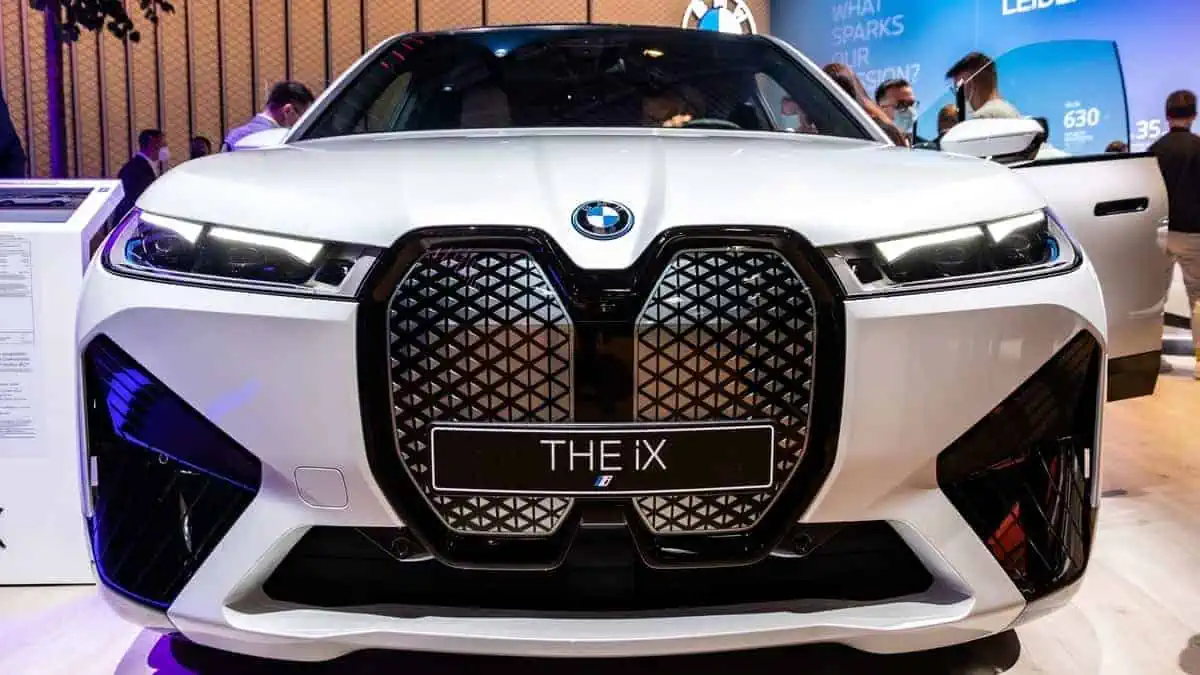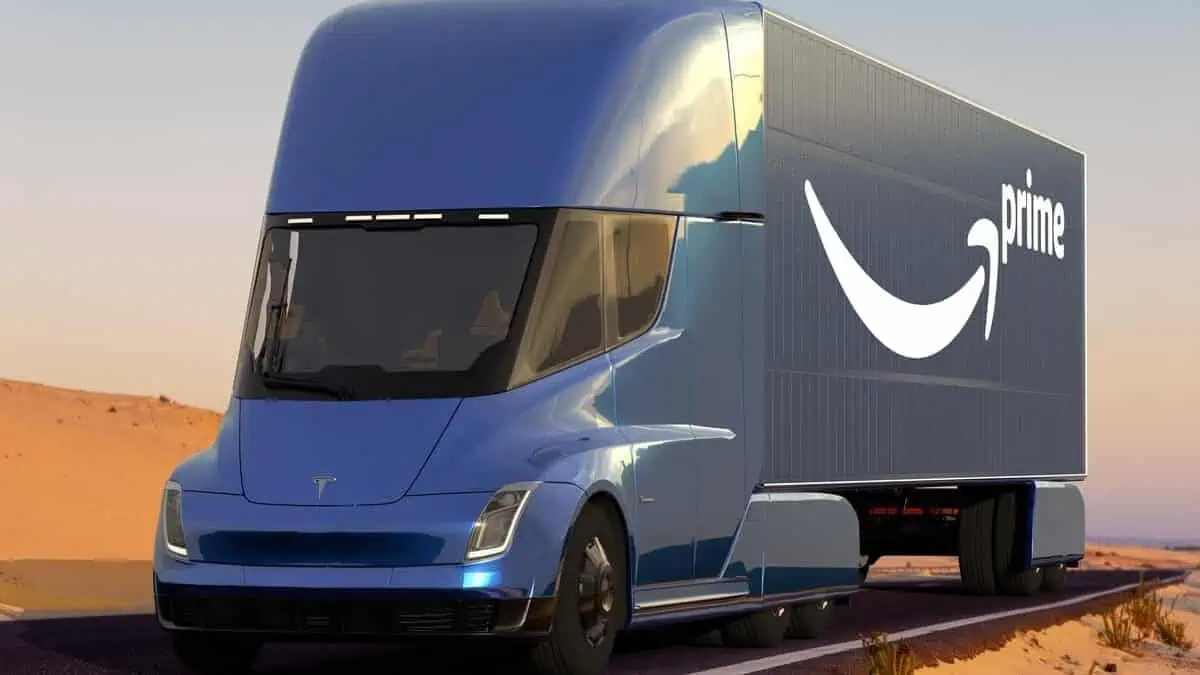BMW is renewing its research into hydrogen as a future fuel over 15 years after its first work on a possible replacement for diesel and petrol engines, as per Drive.
It has shifted its focus to hydrogen fuel cell technology, generating onboard electricity. It has produced a small test fleet of iX5 SUVs to carry out real-world running and evaluations in Germany through 2023.
BMW to have first fuel cell vehicles in showrooms before the end of the decade
In addition, the automaker has indicated it could have its first showroom-ready fuel cell vehicle in showrooms before the decade’s end, with more to follow in the 2030s.
If successful, BMW would join an increasing number of automakers investigating the potential of hydrogen fuel cell cars like the Toyota Mirai and Hyundai Nexo, which have test programs in Australia.
BMW believes concentrating completely on plug-in electric vehicles could be a mistake because such cars do not fit long distances and heavy vehicles, and it sees hydrogen fuel cell technology’s potential.
Hydrogen is a versatile energy source that has a key role to play as we progress towards climate neutrality. We are certain that hydrogen is set to gain significantly in importance for individual mobility and therefore consider a mixture of battery and fuel cell electric drive systems to be a sensible approach in the long term. Fuel cells don’t require any critical raw materials such as cobalt, lithium or nickel, either.
Head of development at BMW, Frank Weber
BMW’s original hydrogen program
Notably, BMW’s original hydrogen program resulted in a limited-edition 7 Series, the Hydrogen 7, which used gas to replace petrol in its V12 combustion engine. However, it was only produced in tiny numbers between 2005 and 2007.
Meanwhile, the iX5 Hydrogen test vehicles were produced at BMW’s FIZ technical center in Munich. It has finished early running with BMW’s engineers, ahead of limited real-world testing in 2023 with partner companies.
BMW has used a similar approach when it developed its Mini-E and BMW i3 models, even converting 1 Series test cars, ActiveE, with the i3 electric mechanical package in the nose.
The iX5 Hydrogen models have a pair of hydrogen tanks mounted on the floor of an X5 body transported from the company’s factory in the US – one in the center tunnel and the other beneath the back seat – with a single electric motor driving the rear wheels and the rest of the fuel cell package under the bonnet.
Notably, the fuel cell delivers up to 125 kW of power to a 2.5 kWh lithium-ion battery used to drive the wheels, and the approximated range is around 500 km (310 miles).
BMW iX5 Hydrogen test fleet
The carmaker believes the real-world testing of the iX5 Hydrogen will enable it to investigate the possible benefits of a “locally emission-free drive system with outstanding everyday usability and long-distance capabilities” as a “complementary alternative to the battery electric drive system.”
Weber added that their BMW iX5 Hydrogen test fleet would let them gain new and valuable insights, allowing them to present consumers with an attractive product range when the hydrogen economy becomes a widespread reality.






